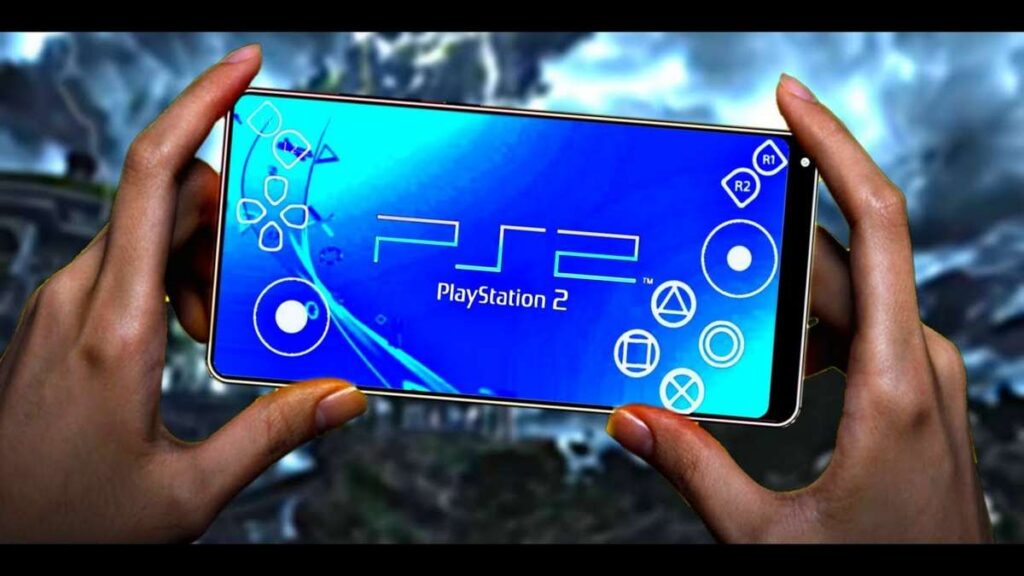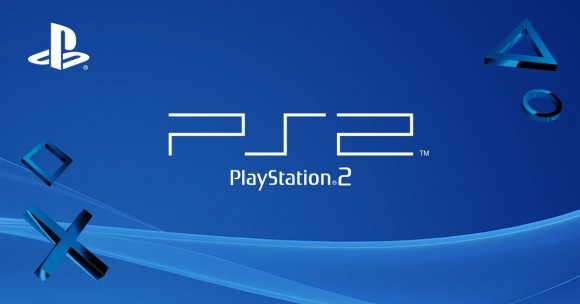Unleashing the Power of PS2 Emulator APK Mod: Your Ultimate Gaming Companion In the world of gaming nostalgia, the PS2 emulator APK mod stands as a gateway to a treasure trove of classic games. Let’s delve into the magic of reliving those cherished moments.
Introduction
The allure of classic PS2 games never fades, but what if you could play them on your modern device? Enter the PS2 emulator APK mod – your ticket to unlocking a world of gaming nostalgia.
What is a PS2 Emulator?

A PS2 emulator is a software application that replicates the functionality of a PlayStation 2 console on another device, allowing you to play PS2 games without the need for the original hardware.
- Naruto Ultimate Ninja Storm 4 PPSSPP ISO Highly Compressed
- 100 Best PPSSPP ISO Games (PSP ROMs) free Download
- PPSSPP Gold Apk Mod Download Latest Version Android & iOS
- WWE 2K24 PPSSPP ISO (Highly Compressed) Save Data Textures
- EA SPORTS FC 24 (FIFA 24) PS2 ISO Download Latest Version
Exploring APK Mods
APK mods are modified versions of Android applications, including emulators, that offer additional features or enhancements not found in the original versions.
Benefits of Using Mods
Using mods with your PS2 emulator can enhance your gaming experience by providing features such as improved graphics, performance optimizations, and access to cheat codes.
How to Install
Installing a PS2 emulator APK mod is a straightforward process. Simply download the modded APK file from a trusted source and follow the on-screen instructions to install it on your device.
Compatibility Issues
While most PS2 emulator APK mods are designed to work with a wide range of devices, compatibility issues may arise depending on your device’s specifications and operating system version.
Best PS2 Emulator APK Mods

Several PS2 emulator APK mods are available, each offering its unique features and benefits. Some popular options include PCSX2, DamonPS2, and Play!.
FAQs
Can I play PS2 games on my Android device?
- Yes, with a PS2 emulator APK mod, you can play PS2 games on your Android device.
Are PS2 emulator APK mods legal?
- While emulators themselves are legal, downloading and distributing copyrighted ROMs without the proper authorization is illegal in many jurisdictions.
Will using a PS2 emulator APK mod void my device’s warranty?
- Using a PS2 emulator APK mod is unlikely to void your device’s warranty, but it may violate the terms of service of the app store or platform from which you download the mod.
How can I improve the performance of my PS2 emulator?
- You can improve the performance of your PS2 emulator by ensuring that your device meets the minimum system requirements, closing background apps, and optimizing emulator settings.
Are there any risks associated with using PS2 emulator APK mods?
- While PS2 emulator APK mods themselves are generally safe to use, downloading mods from untrustworthy sources or installing modified apps with malicious code can pose security risks to your device.
Conclusion
The PS2 emulator APK mod opens up a world of possibilities for gaming enthusiasts, allowing them to experience their favorite PS2 titles on modern devices. With careful installation and usage, you can enjoy a seamless gaming experience like never before.




1 Comment
Malogang